Kangkong is a leafy vegetable usually found in Asian Cuisines that is rich in vitamins and minerals. Kangkong is also used in herbal medicine for the treatment of fever, liver disease, and most importantly diabetes in pregnant women. To know more of this amazing vegetable, below are some information that may be of help.
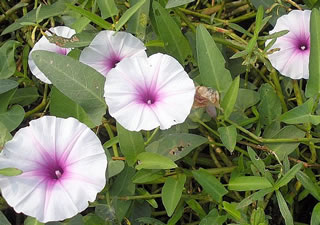
Kangkong (Tagalog), Kangkung(Vietnam), Kankun,Water spinach (English), River spinach, Water morning glory, Water convolvulus, Chinese spinach, Swamp cabbage
Kangkong, Kangkung (Ipomoea aquatica) is a semiaquatic, tropical plant that flourishes naturally in water and moist soil. Kangkong is an edible plant harvested as a leaf vegetable. Kangkong thrives in tropical and subtropical regions and is more commonly found in Southeast Asian countries.
Kangkong can grow rapidly spreading through waterways forming floating mats that can block water flow and passage of small water crafts. The USDA categorized kangkong as a “noxius weed” and is included in prohibited aquatic plant list.
Kangkong is a herbaceous trailing shiny vine with milky sap. The stems are hollow, rooting at nodes, usually found trailing in moist soil or floating in aquatic locations. Kangkong leaves are alternate, simple, in the shape of arrow heads about 3–14 cm (1–6 in) long. The hollow vines float on water and the leaves are held above the water line.
Kangkong bears trumpet like flowers whose petals are white or pink-lilac with mauve color at the center. Kangkong has oval or spherical seed pods that contains 1 to 4 gray seeds which may be used for planting.
- Kangkong buds, used as poultice to treat skin diseases such as ringworm, athletes foot etc,
- Kangkong is used to promote vomiting in poisoning.
- Kangkong juice mixed with water are used as cold compress to treat fever.
- Juice from boiled kangkong is used to loosen constipation.
- Kangkong is also used to treat intestinal worm infestation.
- In Indian Ayurveda Medicine, kangkong is used to treat jaundice and liver problems.
- Kangkong leaves are used to treat diabetes in pregnant women.
- Kangkong is also used as a sedative to promote relaxation and sleep.
A study conducted in Department of Biochemistry and Nutrition, India reported that by administering powdered kangkong supplements to pregnant rats, both the mother and the fetus exhibited an increased resistance in diabetes induced oxidative stress versus a control group. The results suggest that kangkong supplementation during pregnancy may provide beneficial effects against diabetes induced oxidative stress both for the mother and the fetus. (Journal of Diabetes. March 2013: Dietary supplementation with Ipomoea aquatica attenuates maternal and fetal oxidative stress in streptozotocin-diabetic rats)
The Department of Molecular Medicine, University of Malaya in Malaysia conducted a study on the protective action of kangkong against thioacetamide-induced hepatotoxicity in rats to determine if kangkong can indeed help treat jaundice. An ethanol extract of kangkong has been administered to rats subjected to liver damage by thioacetamide. Results had shown that the rats when compared to a control group showed resistance against liver lesions, cell necrosis and inflammation. The study further suggests that the protective effect of kangkong extract in chemical-induced liver damage might be contributed to its modulation on detoxification enzymes and its antioxidant and free radical scavenger effects. Moreover, it confirms a scientific basis for the traditional use of kangkong for the treatment of liver disorders. (Molecules. 2012: Ipomoea aquatica extract shows protective action against thioacetamide-induced hepatotoxicity)
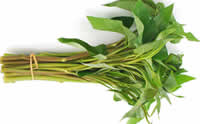 Kangkong readily grows in moist soil, swamps, rivers banks, or at the side of any fresh body of water. The younger stalks and leaves are harvested for human and animal consumption. Kangkong is usually cook - mixed in soups or as leafy vegetble in a number of Asian cuisines. Kangkong is also available in supermarkets and grocery stores under the vergetable section. It is sold by the bundle or per kilo.
Kangkong readily grows in moist soil, swamps, rivers banks, or at the side of any fresh body of water. The younger stalks and leaves are harvested for human and animal consumption. Kangkong is usually cook - mixed in soups or as leafy vegetble in a number of Asian cuisines. Kangkong is also available in supermarkets and grocery stores under the vergetable section. It is sold by the bundle or per kilo.
Kangkong is an edible vegetable considered safe for human and animal consumption in food quantity.
Kangkong when eaten raw may transmit Fasciolopsis buski, an intestinal fluke parasite of humans and pigs, causing fasciolopsiasis.
Kangkong is considered safe even for pregnant women and breast feeding mothers. Kangkong is actually used to treat diabetes during pregnancy
Kangkong might have a side effect of lowering the blood sugar levels. Caution is advised if you are taking diabetes medicine.
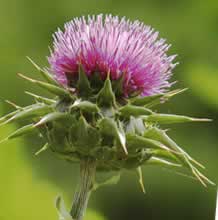 Silymarin extract still tops in liver protection
Silymarin extract still tops in liver protection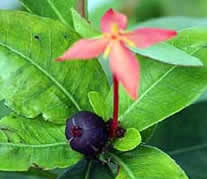 Santan Flower has wound healing properties
Santan Flower has wound healing properties 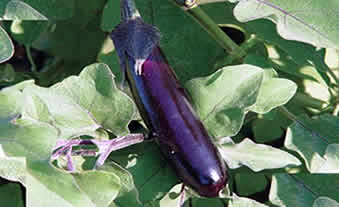 Antioxidant properties from Talong
Antioxidant properties from Talong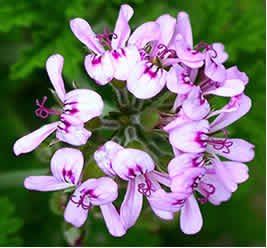 Malvarosa Plant found to have antioxidant properties
Malvarosa Plant found to have antioxidant properties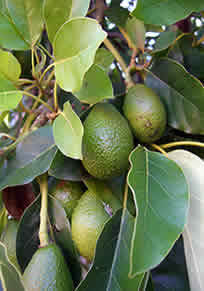 Anti-cancer properties of Avocado fruit
Anti-cancer properties of Avocado fruit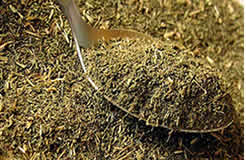 Stevia use can cause cancer, studies suggests
Stevia use can cause cancer, studies suggestsArticle last reviewed:10.17.2016